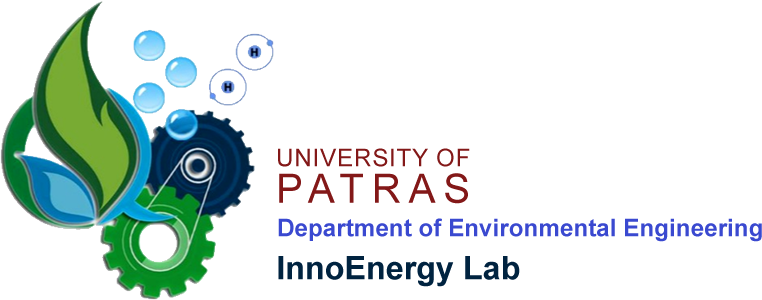The criteria for an onboard hydrogen storage system have been defined by the US Department of Energy (DOE), in close collaboration with the automotive industry. The most frequently quoted target is a gravimetric system storage capacity exceeding 6 wt% (2.0 kWh kg-1). This was the 2010 target until recently but has since been reduced to 4.5 wt% (1.5 kWh kg-1). At the time of writing, the 2015 target is 5.5 wt% (1.8 kWh kg-1). However, in addition to a high gravimetric capacity, the 2015 requirements also include a volumetric energy density of at least 1.3 kWh L-1 (0.04 kg L-1), a refuelling time of less than 3.3 min (1.5 kg min-1), a minimum lifetime of 1500 hydrogenation/dehydrogenation cycles, an operating pressure in the range 3–100 atm (0.3–10.1 MPa) and a net storage system cost of less than $2 kWh-1.
Which Stainless Steel is most appropriate for building up a tank?
Type 316—the second most common grade (after 304); for food and surgical stainless steel uses; alloy addition of molybdenum prevents specific forms of corrosion. It is also known as marine grade stainless steel due to its increased resistance to chloride corrosion compared to type 304. 316 is often used for building nuclear reprocessing plants. 316L is an extra low carbon grade of 316, generally used in stainless steel watches and marine applications, as well exclusively in the fabrication of reactor pressure vessels for boiling water reactors, due to its high resistance to corrosion. Also referred to as “A4” in accordance with ISO 3506. 316Ti includes titanium for heat resistance, therefore it is used in flexible chimney liners.
Materials & Processes for Energy & Environmental Applications Group / Department of Environmental Engineering, University of Patras
InnoEnergy Lab / Privacy Policy / Copyright 2020 / Developed by DigiLab
